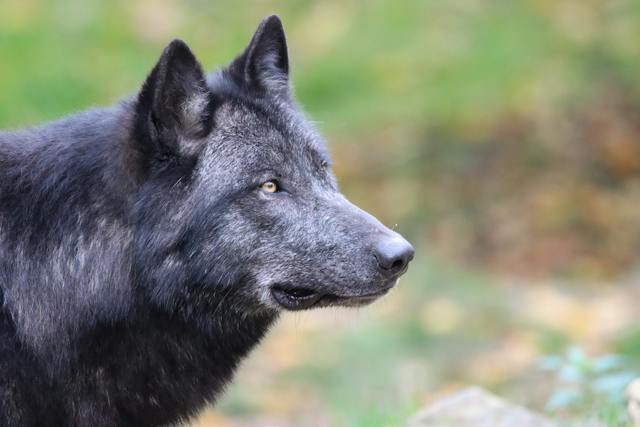Marble foxes, with their strikingly beautiful coats reminiscent of a work of art, have captivated the hearts of animal enthusiasts and wildlife admirers alike. These elusive creatures, native to the Arctic regions, boast a unique coloration that sets them apart from their more common red and Arctic fox relatives. Join us on a journey into the fascinating world of marble fox, exploring their distinctive characteristics, habitat, behavior, and the conservation efforts dedicated to preserving their natural beauty.
The Aesthetics of Marble Foxes: What truly distinguishes marble foxes is their mesmerizing coat, a splendid fusion of black, white, and varying shades of gray. The swirling patterns resemble the intricate designs found in natural marble, hence the name. Each fox exhibits a one-of-a-kind coat, making them living canvases of nature’s artistry. The soft, luxurious fur not only serves as insulation against the harsh Arctic cold but also adds an air of elegance to these enchanting creatures.
Habitat and Distribution: Marble foxes call the tundra and boreal forests of North America home. Their range spans across Alaska, Canada, and parts of Russia. These regions provide the ideal environment for these foxes to thrive, with a combination of open spaces, dense vegetation, and a climate that aligns with their adaptations to cold weather. Despite their vast territory, marble fox populations are scattered and often elusive, making sightings a rare and cherished experience for those fortunate enough to catch a glimpse.
Behavior and Adaptations: Marble foxes are known for their intelligence and adaptability. In the wild, they are skilled hunters, preying on small mammals, birds, and even fish. Their keen sense of hearing and sharp eyesight aid them in navigating their surroundings and locating prey. These foxes are also known for their agility, which is crucial in both hunting and evading potential predators.
In addition to their physical adaptations, marble foxes exhibit fascinating social behaviors. They are typically solitary creatures but can form monogamous pairs during the breeding season. The den, carefully constructed in a hidden location, serves as a safe haven for the mother and her kits. Parental care is essential during the early stages of the kits’ lives, as they learn valuable skills for survival.
Conservation Challenges: Despite their resilience, marble fox populations face various threats that necessitate conservation efforts. Habitat loss due to human activities, climate change impacting their Arctic environment, and illegal fur trade are among the challenges these foxes endure. Conservation organizations and researchers are working diligently to monitor and protect marble fox populations, advocating for responsible land use and raising awareness about the importance of preserving these unique creatures and their habitats.
